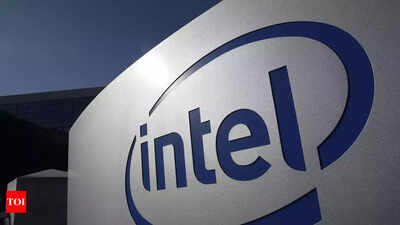- News
- Technology News
- Tech News
- Intel may cut 20% of its workforce: 'The move is part of ...'
Trending
Intel may cut 20% of its workforce: 'The move is part of ...'
Intel is planning significant workforce reductions, potentially impacting over 20% of its global employees, as part of a major restructuring effort led by CEO Lip-Bu Tan. Facing declining revenues and increased competition, Intel aims to streamline operations and refocus on core areas like advanced chip design and manufacturing.
Intel Corporation is reportedly planning to cut over 20% of its global workforce, according to a Bloomberg News report. The move is part of a major restructuring effort under the leadership of new CEO Lip-Bu Tan, who is spearheading a comprehensive effort to streamline management, eliminate bureaucracy, and rebuild an engineering-driven culture at the embattled chipmaker.
Intel layoffs: Restructuring to address financial pressures
Focus on core business areas
Poll
Should Intel focus more on the AI sector to regain competitiveness?
Navigating a competitive landscape
End of Article
Latest Mobiles
Follow Us On Social Media





















